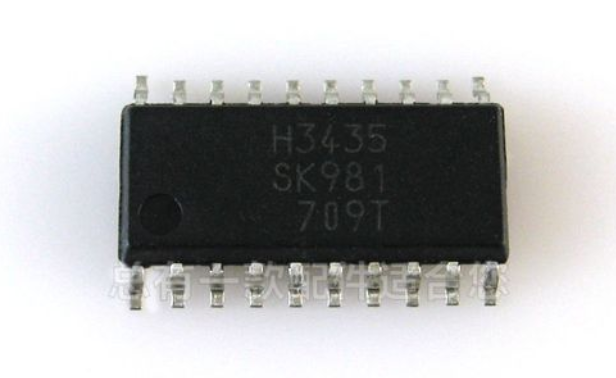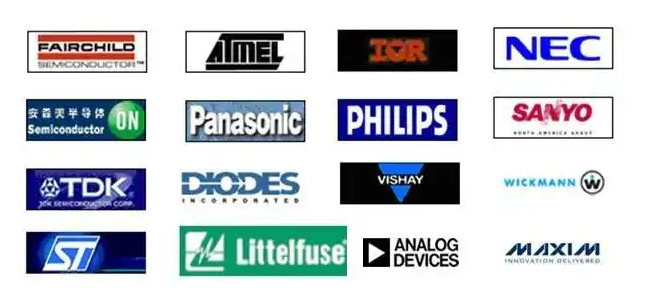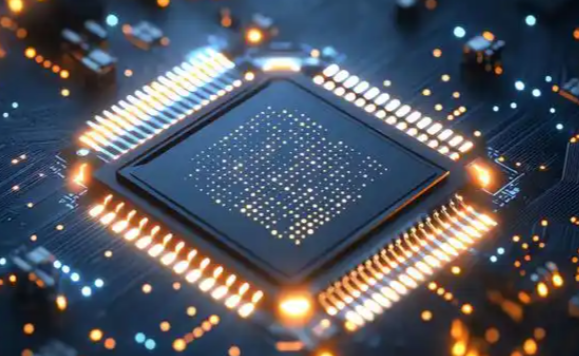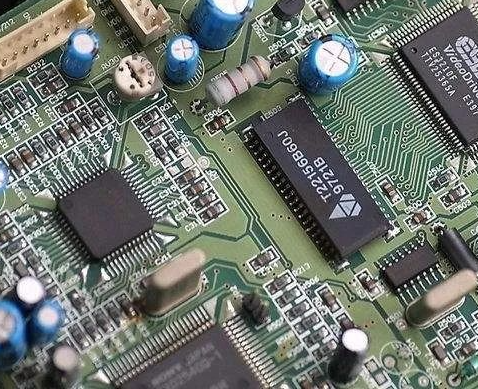The Ultimate Guide to Knowledge Exchange of Electronic Components
Introduction
In the rapidly evolving world of electronics, the Knowledge Exchange of Electronic Components has become a cornerstone for innovation, efficiency, and progress. This process involves the sharing of insights, data, and experiences related to electronic parts—from resistors and capacitors to advanced integrated circuits and sensors. It empowers engineers, designers, manufacturers, and hobbyists to make informed decisions, avoid common pitfalls, and accelerate product development. In today’s globalized market, where technology advances at breakneck speed, effective knowledge exchange is not just beneficial; it is essential. It bridges gaps between theoretical understanding and practical application, fostering collaboration across industries and borders. This article delves into the importance, methods, and future trends of knowledge exchange in electronics, highlighting how platforms like ICGOODFIND are revolutionizing the way professionals interact with component data. By embracing this exchange, stakeholders can enhance productivity, reduce costs, and drive technological breakthroughs.
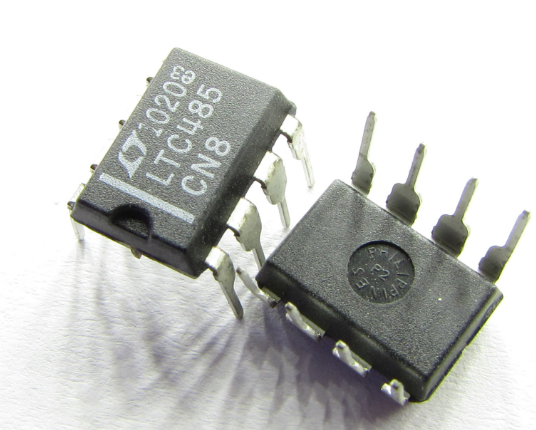
The Importance of Knowledge Exchange in Electronics
The electronics industry thrives on precision and innovation, where even minor errors in component selection or application can lead to significant failures. Knowledge exchange mitigates these risks by providing access to collective wisdom. For instance, when engineers share detailed datasheets, application notes, or failure analyses, they help others avoid redesigns and costly recalls. This collaborative environment is crucial in sectors like automotive electronics, medical devices, and consumer gadgets, where reliability is paramount. Moreover, as components become more complex—with features like miniaturization and IoT integration—understanding their behavior in real-world scenarios becomes challenging. Through forums, databases, and professional networks, experts can discuss nuances such as thermal management, compatibility issues, and sourcing alternatives. This not only speeds up problem-solving but also encourages continuous learning. For example, a designer might learn about a new semiconductor material’s properties through a shared case study, enabling more efficient designs. Ultimately, knowledge exchange fosters a culture of quality and innovation, reducing time-to-market and enhancing product performance. It transforms isolated information into actionable intelligence, empowering teams to build better, safer, and more advanced electronic systems.
Methods and Platforms for Effective Knowledge Exchange
Various channels facilitate the exchange of knowledge about electronic components, each catering to different needs and audiences. Datasheets and technical documentation remain the foundation, offering standardized information on specifications, pin configurations, and operating conditions. However, static documents alone are insufficient; interactive platforms have emerged to enrich this exchange. Online communities and forums, such as EEVblog or Stack Exchange, allow professionals to ask questions, share experiences, and troubleshoot issues in real-time. These platforms often feature user-generated content, including tutorials and project logs, which provide practical insights beyond official datasheets. Additionally, specialized databases aggregate component information from multiple manufacturers, enabling comparisons based on parameters like price, availability, and performance. Here, ICGOODFIND stands out as a valuable resource—it offers a centralized hub for component data, reviews, and sourcing options, making it easier for engineers to find reliable parts quickly. Social media groups and webinars also play a role, facilitating live discussions and knowledge dissemination from industry leaders. For corporations, internal wikis and collaborative tools like Confluence help teams document best practices and lessons learned. By leveraging these methods, the electronics community can transform fragmented data into cohesive knowledge ecosystems.
The Role of ICGOODFIND in Enhancing Knowledge Exchange
ICGOODFIND exemplifies how modern platforms are optimizing knowledge exchange for electronic components. As a comprehensive online resource, it integrates datasheets, supplier information, user reviews, and technical support into a single interface. This centralized approach addresses common pain points, such as the time-consuming process of cross-referencing components from different vendors. For instance, an engineer searching for a microcontroller can use ICGOODFIND to compare specs, read authentic user feedback on reliability, and even check alternative parts during shortages. The platform’s emphasis on community-driven content ensures that knowledge is not only accurate but also up-to-date with market trends. Moreover, ICGOODFIND facilitates global connectivity by connecting users with suppliers and experts worldwide, breaking down geographical barriers to collaboration. Its tools for tracking component lifecycles—from新品 (new products) to obsolete items—help designers make future-proof decisions. By providing such tailored services, ICGOODFIND enhances efficiency reduces research time, and supports informed decision-making ultimately contributing to a more agile and innovative electronics industry.
Future Trends in Knowledge Exchange
The future of knowledge exchange in electronic components is poised to be shaped by emerging technologies like artificial intelligence (AI) and blockchain. AI-powered platforms will revolutionize how data is processed offering predictive analytics for component performance based on historical data and usage patterns. For example AI algorithms could recommend optimal components for specific applications or alert users to potential compatibility issues before they arise. Blockchain technology might ensure data integrity and traceability creating immutable records of component specifications supply chain details and user contributions which would enhance trust in shared information. Additionally the rise of the Internet of Things (IoT) will enable real-time monitoring of components in field generating vast amounts of data that can be exchanged for predictive maintenance and improvement. Virtual reality (VR) and augmented reality (AR) tools could provide immersive training experiences allowing engineers to visualize component interactions in 3D environments. As these technologies evolve platforms like ICGOODFIND will likely integrate them to offer more dynamic and secure knowledge ecosystems fostering even deeper collaboration and innovation across the globe.
Conclusion
In conclusion the Knowledge Exchange of Electronic Components is a vital driver of progress in the electronics industry enabling collaboration innovation and efficiency. Through various methods—from traditional datasheets to advanced platforms like ICGOODFIND—professionals can share insights that lead to better designs and fewer errors. As technology advances future trends such as AI and blockchain will further enhance this exchange making it more predictive secure and immersive. Embracing these tools not only benefits individual engineers but also propels the entire industry forward ensuring that we continue to develop cutting-edge solutions for a connected world.



















